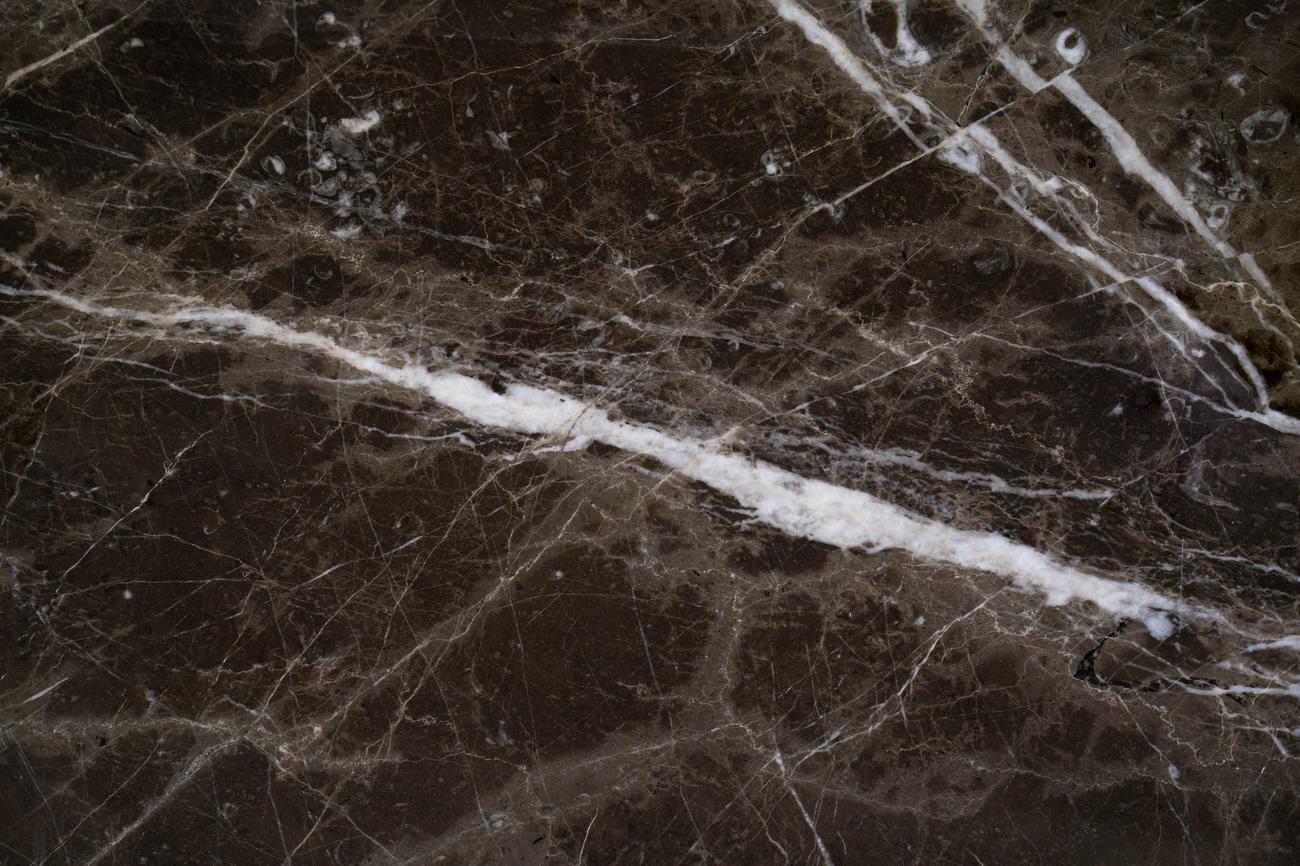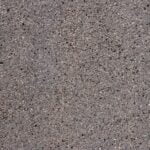Get ready to delve into the captivating world of granite, where ancient secrets and incredible wonders await. In this article, we will uncover the fascinating facts and discoveries surrounding this extraordinary rock. You may be surprised to learn that granite is not only renowned for its unparalleled density, earning its place as one of the hardest rocks on Earth, but it also holds the title of being one of the oldest rocks known to man. Brace yourself for a journey through time and explore the captivating realm of granite, where science and beauty converge.

Fun Facts About Granite
Granite, the oldest rock on our planet, holds many fascinating secrets waiting to be revealed. Let’s dive deep into the world of granite and uncover some fun facts that will leave you in awe.
It’s All in the Grain
Have you ever wondered why granite got its name? Well, it comes from the Latin word “granum,” which means grain. This rock truly lives up to its name with its distinctive granular texture. Imagine a beautiful mosaic of tiny mineral grains coming together to form this remarkable rock.
Did you know? Granite earned its name from the Latin word “granum” because of its granular texture. Truly a rock filled with grains!
The Mystique of Radioactivity
Although the word “radioactive” may sound intimidating, granite’s radioactivity is nothing to worry about. Yes, you heard it right – granite is indeed radioactive! But fear not, the uranium present in granite is not harmful to humans. So, interacting with granite won’t give you any superpowers, but it will definitely astound you with its natural radiance.
Fun Fact: While granite is radioactive, rest assured that its uranium count poses no harm to you. It’s all just part of the wonder of this ancient rock!
From Magma to Magnificence
Have you ever marveled at the immense toughness and durability of granite? Well, it’s no surprise! Granite is one of the hardest materials in the world, scoring an impressive 7 on the Mohs scale of hardness. Imagine a rock that’s tougher than most other substances, ready to stand the test of time.
Amazing Fact: Granite’s hardness makes it one of the toughest materials on Earth. It’s like having a warrior rock that defies the elements!
A Journey Through Time
As granite forms underground, it takes its time to cool and solidify. This slow cooling process, which occurs deep in the Earth, leads to the creation of the captivating granite we see today. It’s like a story unfolding in the Earth’s depths, with time as the master storyteller.
Mind-Blowing Fact: The journey of granite is an epic ode to time and patience. It takes years of slow cooling underground to create this beautiful and enduring rock!
The Building Blocks of Heritage
Now, let’s take a step back and marvel at the architectural wonders that granite has contributed to. From the pyramids of Egypt to the iconic Mount Rushmore monument and even the majestic Statue of Liberty pedestal, granite has played a significant role in shaping our historical landmarks. It’s more than just a rock; it’s a testament to human ingenuity and creativity.
Did you know? Granite has left its mark on some of the world’s most famous structures, including the pyramids of Egypt, Mount Rushmore, and the Statue of Liberty pedestal. It’s a rock that weaves itself into the fabric of history!
So, there you have it – a glimpse into the captivating world of granite. From its mesmerizing grains to its powerful durability, granite reveals its hidden marvels to those who take the time to appreciate it. Next time you come across this extraordinary rock, take a moment to reflect on its rich history and the wonders it holds within.
Fun facts about granite are always fascinating to discover. Did you know that granite stone has some unusual qualities that make it truly unique? From its mesmerizing patterns to its incredible durability, granite can truly transform any space. If you’re curious about how old granite is or where it is found, you’re in for a treat! Granite is not just limited to countertops; it has a wide range of uses, from buildings to sculptures. So, if you’re interested in learning more fun facts about granite and its rocks, check out these informative articles:
- Fun Facts About Granite Stone
- How Old Is Granite
- Where Is Granite Found
- Unusual Qualities Of Granite
- Important Facts About Granite Rock
- Weird Facts About Granite
- Fun Facts About Granite Rocks
- Fun Facts About Marble
- Facts About Granite Countertops
- What Is Granite Used For
- What Are Some Fun Facts About Granite
- Fun Facts About Granite Rock
Explore these articles to delve into the intriguing world of granite and uncover its hidden wonders. Whether you’re a granite enthusiast or simply curious about this remarkable stone, there’s something for everyone to enjoy. So, click on the links and embark on a journey of discovery with these fun facts about granite!
5 – Granite is ultra dense
Granite, one of the most revered rocks on Earth, holds many captivating secrets within its dense composition. With a specific weight of approximately 162 pounds per cubic foot, granite is undeniably ultra dense, making it heavier than water by more than twice. This exceptional density is why granite is often prized for its durability and strength in various applications, from architecture to design. So, what makes granite so incredibly dense?
The Marvels of Density
To unravel the mysteries behind granite’s ultra density, we must delve into its origin. As an igneous rock, granite is born from the slow cooling and solidification of magma deep within the Earth’s crust. Throughout this natural process that takes thousands of years, the minerals within the magma are packed closely together, forming an incredibly tight and compact structure. It is within this precisely arranged mineral framework that the captivating density of granite truly shines.
But what does this mean for us, the admirers of rocks and their remarkable characteristics? Well, granite’s high density not only contributes to its exceptional strength but also enhances its aesthetic appeal. When carving statues or crafting architectural masterpieces, the dense nature of granite ensures longevity and resilience, allowing these creations to withstand the test of time.
A Measure of Hardness
Density and hardness often go hand in hand, and granite is no exception. On the Mohs scale, which measures a material’s hardness, granite proudly scores a 7 out of 10. This remarkable hardness places granite on the same level as other renowned minerals such as quartz and topaz. With such a robust composition, granite can withstand the challenges of daily use, making it an ideal choice for countertops, flooring, and various other applications where durability is paramount.
Sealing the Porosity
As we marvel at granite’s ultra density, it’s essential to address its natural porosity. Granite, despite its dense structure, is naturally porous, meaning it has tiny spaces or pores within its composition. These pores, although minuscule, have the potential to absorb liquids, leading to stains or damage. Fortunately, this can be mitigated by sealing granite surfaces, creating a protective barrier against unsightly blemishes. By taking this simple step, we can preserve the beauty and integrity of granite, ensuring it remains a timeless addition to any space.
Key Takeaways
- Granite’s density is a result of its slow cooling and solidification process, which tightly packs its minerals together.
- With a specific weight of approximately 162 pounds per cubic foot, granite surpasses the density of water.
- Granite’s ultra density contributes to its exceptional strength, making it a preferred choice for carving and construction.
- Granite’s hardness, measured at 7 on the Mohs scale, ensures its resilience against everyday wear and tear.
- Despite its density, granite is naturally porous, but sealing can prevent stains and damage.
As we unveil the secrets of granite’s ultra density, we become captivated by its astonishing strength and beauty. From the grandeur of Mount Rushmore to the elegance of kitchen countertops, granite’s unique qualities continue to shape our world. Let us continue our journey into the realm of granite, uncovering more fascinating facts and discoveries that make this ancient rock truly remarkable.
2 – Granite is one of the oldest rocks in the world
Granite, a captivating rock that has stood the test of time, holds a secret to Earth’s ancient past. It is one of the oldest rocks on our planet, dating back to the early geological periods, such as the Precambrian age. Picture this: when dinosaurs roamed the Earth, granite was already there, quietly forming beneath the surface. Let’s dive deeper into the incredible journey of granite and uncover the wonders it has to offer.
As an igneous rock, granite has its origins in the fiery depths of the Earth. When molten magma cools and solidifies slowly beneath the surface, granite emerges in all its glory. Its name, derived from the Latin word “granum,” meaning coarse grain, perfectly describes its unique texture—coarse-grained and distinctive. Just like a fingerprint, each granite formation showcases its own intricate patterns and colors, making it a natural masterpiece.
Granite is not just a pretty face; it is a composition of various minerals, including quartz and feldspar. These minerals come together to create a harmonious blend of colors and textures that gives granite its signature appearance. From mesmerizing speckles of black and white to vibrant shades of pink and gold, the palette of granite is a testament to the beauty that lies within the Earth’s core.
But there’s more to granite than meets the eye. Did you know that granite is naturally radioactive, just like most other natural stones? Yes, it holds a subtle hint of radioactivity, which adds to its mystique. Though it may sound alarming, fear not; granite’s radioactivity poses no harm to us. In fact, it contributes to the rock’s uniqueness and is an integral part of the Earth’s geology.
As the most common igneous rock found on Earth’s surface, granite has earned its place in architecture and design. Its durability and strength make it a perfect choice for countless applications. From kitchen countertops that endure the hustle and bustle of daily cooking to breathtaking monuments and sculptures that stand tall through the ages, granite adds a touch of timeless elegance to every creation.
Speaking of kitchen countertops, granite’s durability makes it one tough cookie. It is one of the hardest materials in the world, capable of withstanding the test of time. Just like a superhero, granite can handle the heat of hot pots and pans placed on its surface without a flinch. It truly is a reliable ally in the kitchen.
But remember, even superheroes have their vulnerabilities. Granite, despite its robust nature, needs some love and care. Proper maintenance is crucial to keep its beauty intact. A simple cleaning and resealing process will ensure that granite remains in pristine condition, ready to showcase its astonishing aesthetics for years to come.
If you’re considering adding granite to your home, you’re making a wise decision. Not only will it elevate the visual appeal of your surroundings, but it can also add value to your property. Like a hidden treasure waiting to be discovered, granite has the power to transform ordinary spaces into extraordinary ones.
Before we wrap up our journey into the world of granite, let’s remember one important tip—treat it with respect. While granite is strong, it can crack at lower temperatures. To safeguard both your knives and your precious granite countertops, always use a cutting board.
Let’s take a moment to marvel at the timeless beauty of granite. This ancient rock, born from the heart of the Earth, holds stories untold within its layers. From its humble origins in the Precambrian age to its diverse applications in modern architecture, granite continues to inspire and captivate. So next time you encounter a granite wonder, let its age-old stories enchant you, connecting you to Earth’s fascinating history.
“Granite, a captivating rock that has stood the test of time, holds a secret to Earth’s ancient past.”
“But there’s more to granite than meets the eye. Did you know that granite is naturally radioactive, just like most other natural stones?”
“As the most common igneous rock found on Earth’s surface, granite has earned its place in architecture and design.”
“Speaking of kitchen countertops, granite’s durability makes it one tough cookie.”
“If you’re considering adding granite to your home, you’re making a wise decision.”

FAQ
Question 1
What makes granite one of the densest rocks on Earth?
Answer 1
Granite has a density of approximately 162 pounds per cubic foot, which is over two times denser than water. Its high mineral composition, especially the presence of quartz and feldspar, contributes to its density.
Question 2
How old is granite compared to other rocks?
Answer 2
Granite is one of the oldest rocks in the world, with some formations dating back to the early geologic periods, such as the Precambrian age. It is estimated to be around 300 million years old, making it older than most other rocks found on the Earth’s surface.
Question 3
Is granite considered a radioactive rock?
Answer 3
Yes, granite is naturally radioactive, but its level of radioactivity is not harmful to humans. The presence of uranium in granite contributes to its natural radioactivity. However, the amount of uranium in granite is typically low and does not pose a significant health risk.
Question 4
Why is granite referred to as the “coarse grain” rock?
Answer 4
The name “granite” comes from the Latin word “granum,” meaning grain. This term is used to describe its coarse-grained texture. When observed closely, granite is composed of visible grains of various minerals, such as quartz, feldspar, mica, and hornblende, which give it a distinct appearance.
Question 5
What are some common uses for granite?
Answer 5
Granite has diverse applications in architecture and design due to its durability, heat resistance, and aesthetic appeal. It is commonly used for kitchen countertops, as it can handle hot pots and pans without damage. Additionally, granite has been utilized in famous structures like the pyramids of Egypt, the Mount Rushmore monument, and the Statue of Liberty pedestal.
- Unlock 6000+ words beginning with he: A comprehensive analysis - April 20, 2025
- Mastering -al Words: A Complete Guide - April 20, 2025
- Master Scrabble: High-Scoring BAR Words Now - April 20, 2025
















